

Movie: Quarantine
Top 5 Billed Cast
Narração
Narração
Narração

Quarantine
HomePage
Overview
Release Date
2020-04-17
Average
0
Rating:
0.0 startsTagline
Genres
Languages:
PortuguêsKeywords
Similar Movies
 4.8
4.8Dropout(en)
Italian immigrant kidnaps a wealthy British woman, and they fall in love.
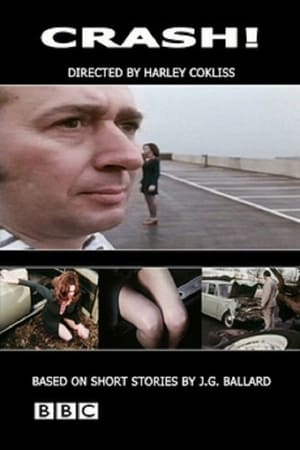 6.2
6.2Crash!(en)
Short film produced by the BBC about JG Ballard's Crash. “The film was a product of the most experimental, darkest phase of Ballard’s career. It was an era of psychological blowback from the sudden, shocking death of his wife in 1964, an era that had produced the cut-up ‘condensed novels’ of Atrocity plus a series of strange collages and ‘advertisers’ announcements. After Freud’s exploration within the psyche it is now the outer world of reality which must be quantified and eroticised. Later there were further literary experiments, concrete poems and ‘impressionistic’ film reviews, and an aborted multimedia theatrical play based around car crashes. After that came an actual gallery exhibition of crashed cars, replete with strippers and the drunken destruction of the ‘exhibits’ by an enraged audience.” (from: http://aaaaaaaaaaaaaaaaaaaargh.blogspot.de/2013/01/short-film-adaptation-of-jg-ballards.html)
 10.0
10.0What Was It Supposed to Be Like?(en)
Rather pointless, rather stilted, fetid; not what we want us going after.
 7.9
7.9The Exterminating Angel(es)
A formal dinner party starts out normally enough, but after the bourgeois group retire to the host’s music room, they inexplicably find themselves unable to leave.
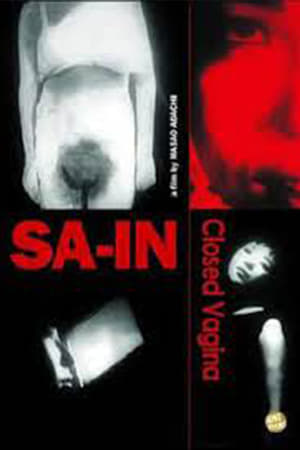 9.0
9.0Closed Vagina(ja)
Adachi's follow-up to Bowl using the figure of a woman suffering from an unusual sexual aliment has often been taken as a controversial allegory for the political stalemate of the Leftist student movement after their impressive wave of massive fiery protests failed to defeat the neo-imperialist Japan-US Security Treaty. The ritualistic solemnity of the charged sexual scenes contribute to the oneiric qualities of Closed Vagina which Adachi would later insist was an open work, not meant to deliver any kind of deliberate political message. - Harvard Film Archive
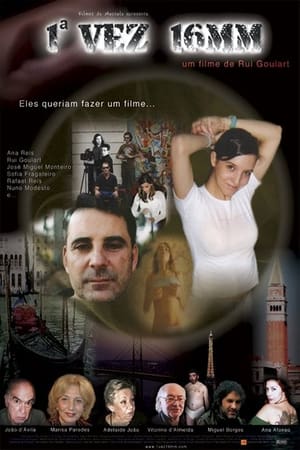 2.0
2.01st Time 16mm(pt)
Miguel, a debutant director, and his young team live a series of tribulations during the shootings of their first film, which unrolls between Lisbon, Venice, Paris and Madrid.
Quaranteened(en)
While quarantined, a workaholic rediscovers their passion that was once lost while growing up.
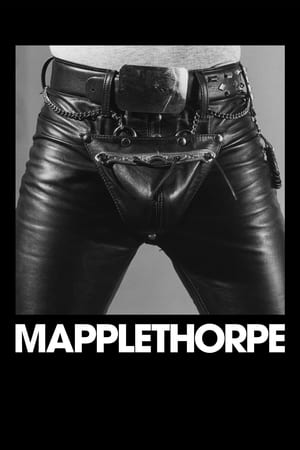 6.4
6.4Mapplethorpe(en)
A look at the life of photographer Robert Mapplethorpe from his rise to fame in the 1970s to his untimely death in 1989.
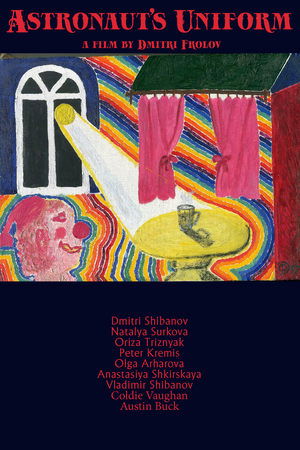 10.0
10.0Astronaut's Uniform(ru)
Mockumentary experimental film, which shows one day in the life of a young man. The action takes place on the Day of Soviet Cosmonautics, April 12, one of the last years of the USSR. Outside the window, it is gradually getting warmer, the onset of spring is felt, promising hope for the possibility of changes in the country. The hero of the film is fond of space. The young man, who idolizes Gagarin, is engaged in reconstruction, making the uniform in which the cosmonaut walked in the prime of his glory. Our hero is also a film enthusiast. He makes films with stories of space flights and shows them to his friends. The film is stylized as amateur films of the 1980s and was shot on a 16-mm color film made by the company" Svema", made in the Soviet Union. The quality of this film allows the viewer to fully immerse themselves in the atmosphere of the time of the film, which is dedicated to Soviet cosmonautics and Edward D. Wood Jr.
 3.3
3.3Blood Orgy of the Leather Girls(en)
A gang of women wreak havoc in the city, killing various men who have treated women poorly. And sometimes they do it just for fun.
 6.2
6.2Tetsuo II: Body Hammer(ja)
A Japanese salaryman finds his body transforming into a weapon through sheer rage after his son is kidnapped by a gang of violent thugs.
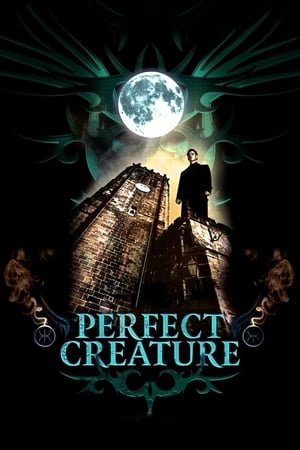 5.3
5.3Perfect Creature(en)
The vampire myth is given a stylish 1960s treatment, where a human cop partners with a vampire cop to stop a vamp bent on creating a war between the two "separate but equal" races.
 5.5
5.5Disparate, Shifty Fate(en)
Wax and wane until there is naught but boring pain.
 5.5
5.5Finds Itself in Corners(en)
Lines align during acclimated apexes, shadowy vertices, and bright burrows.
Maybe That's Enough(en)
Platitudes begin at peaks then rapidly descend and dismantle in order to ascend more acutely until they repeatedly and successively overwhelm.
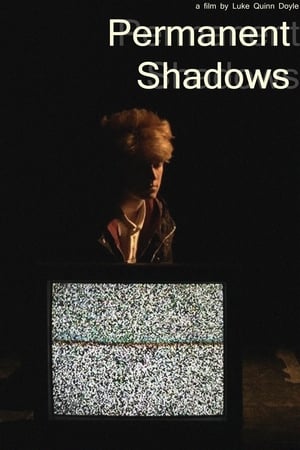 10.0
10.0Permanent Shadows(en)
A teenager decides to shut himself off from the world around him after receiving bad news.





